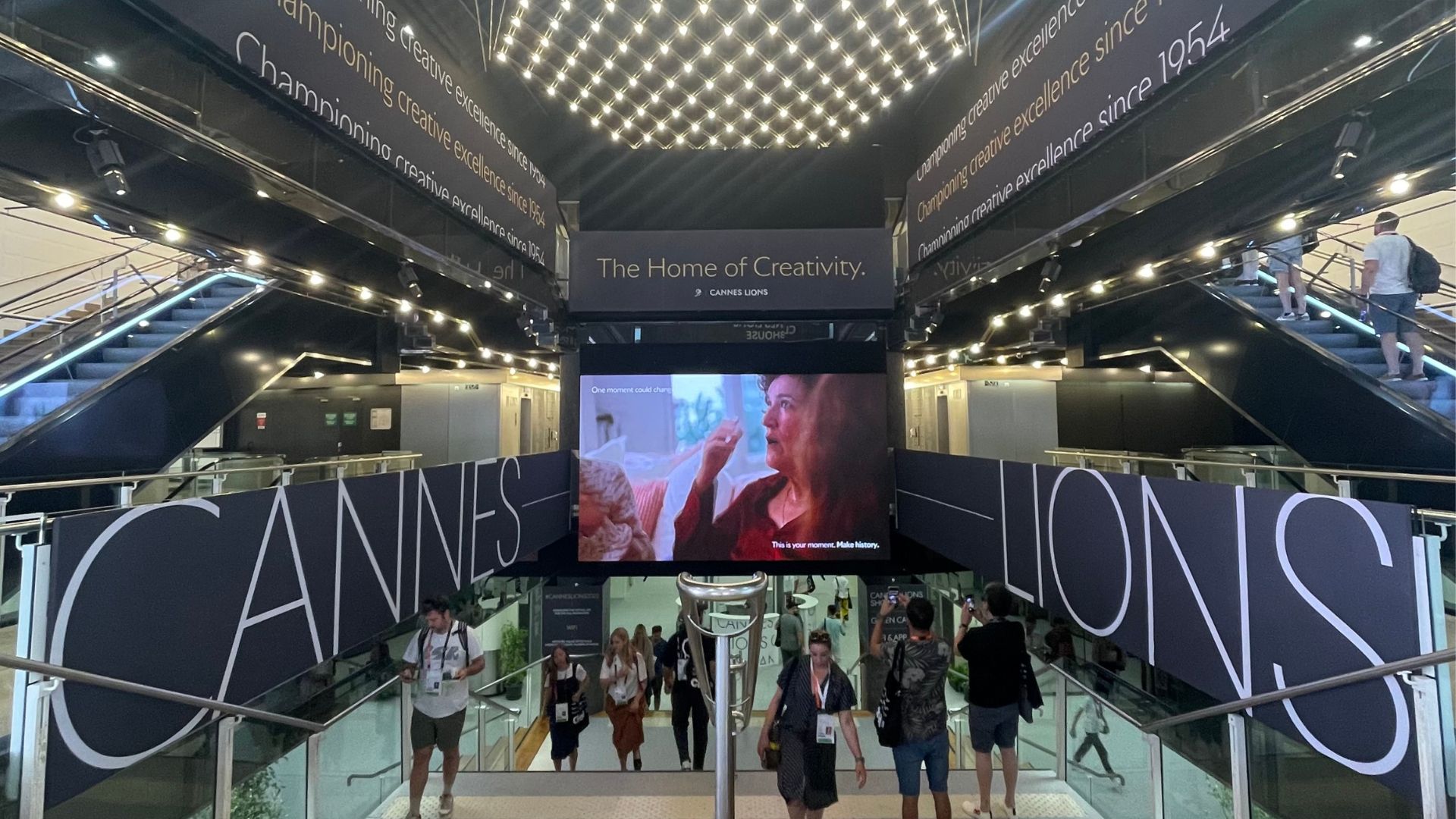 Content marketing, in general, is big business—and it’s only growing in terms of investment levels from brands across the board. In December 2013, BIA/Kelsey estimated native ad spending on social media alone would grow from US$3.1 billion this year to US$5.0 billion in 2017 (Source: emarketer). When done right, brands can experience both lifts in perceived credibility, as well as a deepening of existing consumer relationships. When done wrong, it can produce flat or even negative results.
Content marketing, in general, is big business—and it’s only growing in terms of investment levels from brands across the board. In December 2013, BIA/Kelsey estimated native ad spending on social media alone would grow from US$3.1 billion this year to US$5.0 billion in 2017 (Source: emarketer). When done right, brands can experience both lifts in perceived credibility, as well as a deepening of existing consumer relationships. When done wrong, it can produce flat or even negative results.
So what does it mean to “do it right?”
First, the brand has to be clear about its objectives up front. Is the goal to drive immediate sales? If so, then sponsored content is probably not the way to go. Is the goal to reinforce credibility, enhance the brand/consumer relationship, and/or drive general brand awareness? Then sponsored content can offer brands a tremendous opportunity!
Second, the key to creating content that drives good results is to make it compelling and about something bigger than whatever product the brand is promoting. The brand should be organically woven into the story, and the content should show the brand’s essence and personality without explicitly talking about itself.
Bottom line: No matter how you slice it, “doing it right” means you have to put your brand second and the content first. Here are the four qualities that every piece of sponsored content should exhibit:
1. It’s Topical and Relevant
- The content is appropriate for the environment it’s living in and the consumer it’s addressing.
- The subject is something that is compelling and that people are interested in.
2. It’s Informative and Authentic
- The content tells stories that highlight and further define the brand’s expertise, but don’t feel like a sales pitch.
- The branding is organic to the content and not forced.
- It speaks in an authentic voice that is true to the platform, while being entertaining and informative.
3. It’s Relatable
- The content creates a deeper connection with the audience.
4. It’s Shareable and Engaging
- The content should be compelling enough that people want to share it. (For instance, nostalgia is one great way of doing this.)
- The more “messaging-heavy” and less authentic the content, the less likely it is to be shared.
If you use these four qualities as your guidelines, you have a far greater chance of extending the reach of your brand’s message – and hopefully having some fun in the process.


